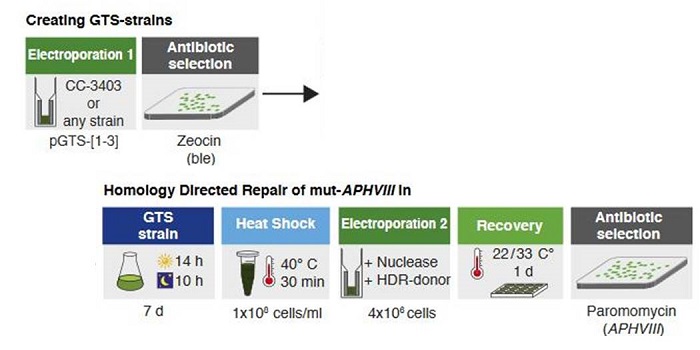
Chlamydomonas photoreceptor gene editing by zinc-finger nucleases and CRISPR/Cas9
Blog, Plant Science Research Weekly, Research, Research BlogNew genome editing technology, such as zinc-finger nucleases and CRISPR/Cas9, are revolutionizing reverse genetics studies because they allow fast and precise genetic modifications in many species. However, they require efficient transformation and selection methods. This is notably a problem for algae…

Low-gluten, non-transgenic wheat engineered with CRISPR/Cas9
Blog, Plant Science Research Weekly, Research, Research BlogCeliac disease is a debilitating autoimmune disease in which antigens in plant gliadins (one type of gluten protein) stimulate production of antibodies that inflame the lining of the small intestine. In wheat, α-gliadin (the main cause of the sensitivity) is encoded by more than 100 genes, thwarting…

Production of low-Cs+ rice plants by inactivation of the K+ transporter OsHAK1 with the CRISPR-Cas system
Blog, Plant Science Research Weekly, Research, Research BlogNuclear accidents in recent years such as the Fukushima incident during the tsunami in 2011 revealed the detrimental effects of leaked radioactive cesium (Cs) in environmental soil and water. Due to Cs's chemical similarity with potassium, an essential macronutrient for plants, cesium is taken up by…
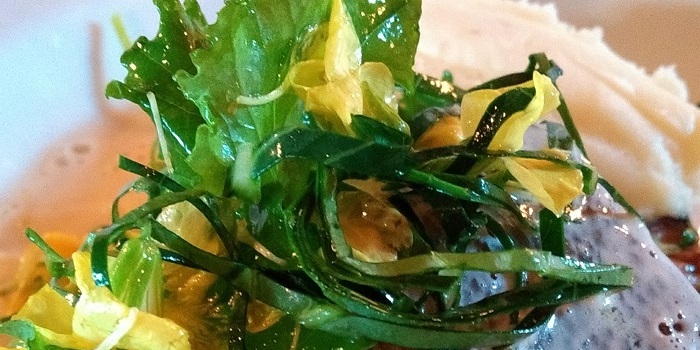
A Taste of CRISPR
GPC Blog0 Comments
/
This week’s blog was written by Dr Craig Cormick, the Creative Director of ThinkOutsideThe. He is one of Australia’s leading science communicators, with over 30 years’ experience working with agencies such as CSIRO, Questacon and Federal Government Departments.
So what do you think…
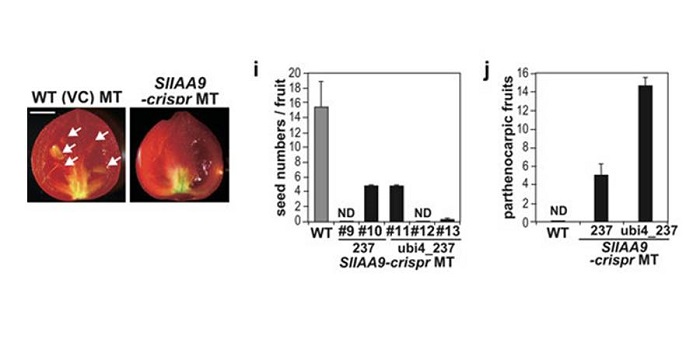
Rapid breeding of parthenocarpic tomato plants using CRISPR/Cas9
Plant Science Research Weekly, ResearchMost fruits form after pollination, making their production vulnerable to pollinator presence. Parthenocarpy is the development of fruit that occurs in the absence of pollination. Genes that enable parthenocarpy have been identified, including a tomato gene involved in auxin responses SlIAA9. Ueta et…
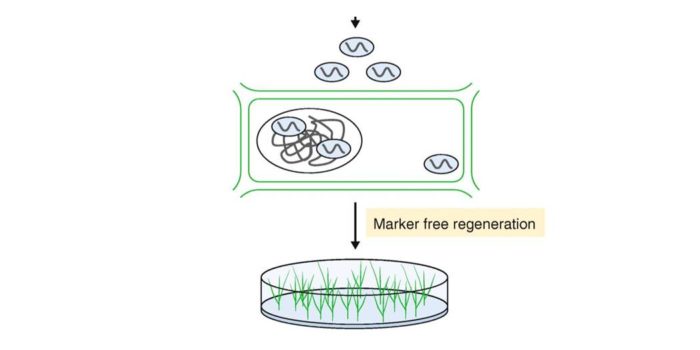
Research Highlight: Knocking out consumer concerns and regulator’s rules with CRISPR/Cas
Plant Science Research Weekly, ResearchWhen is a genome-edited plant a GMO (and subject to GMO-restrictions)? Wolter and Puchta summarize two important papers that show that CRISPR/Cas genome editing can be achieved in wheat and rice without the introduction of foreign DNA (making these plants “not GMO”), by delivering complexes of enzyme…
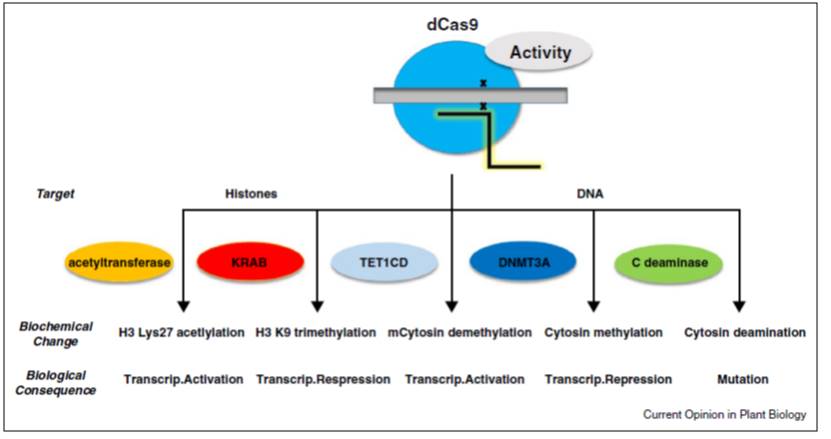
Two Reviews: CRISPR/Cas for genome engineering in plants, and genome editing in cereal crops ($)
Plant Science Research Weekly, ResearchThe gene-editing technology CRISPR/Cas, which introduces double-strand breaks that are repaired by non-homologous end joining (NHEJ), is best known for the promise it holds in modifying an organism’s DNA without the introduction of exogenous genes. However, as Puchta describes (Curr. Opin. Plant Biol.…

GARNet2016 CRISPR/Cas workshop presentation
Research, Research Blog
Slides from the recent CRISPR/Cas workshop held at the GARNet2016 meeting are now available to download. Organized by Vladimir Nekrasov and Amanda Hopes (The Sainsbury Laboratory/University of East Anglia, UK), the workshop title was, "Introduction to CRISPR-Cas, troubleshooting target design…

Did a Swedish researcher eat the first CRISPR meal ever served?
Research, Research BlogFrom Science, By Jon Cohen Sep. 7, 2016
http://www.sciencemag.org/news/2016/09/did-swedish-researcher-eat-first-crispr-meal-ever-served
In what Swedish plant scientist Stefan Jansson declares “maybe” a historic event, he cultivated, grew, and ate a plant that had its genome edited with CRISPR-Cas9.…

